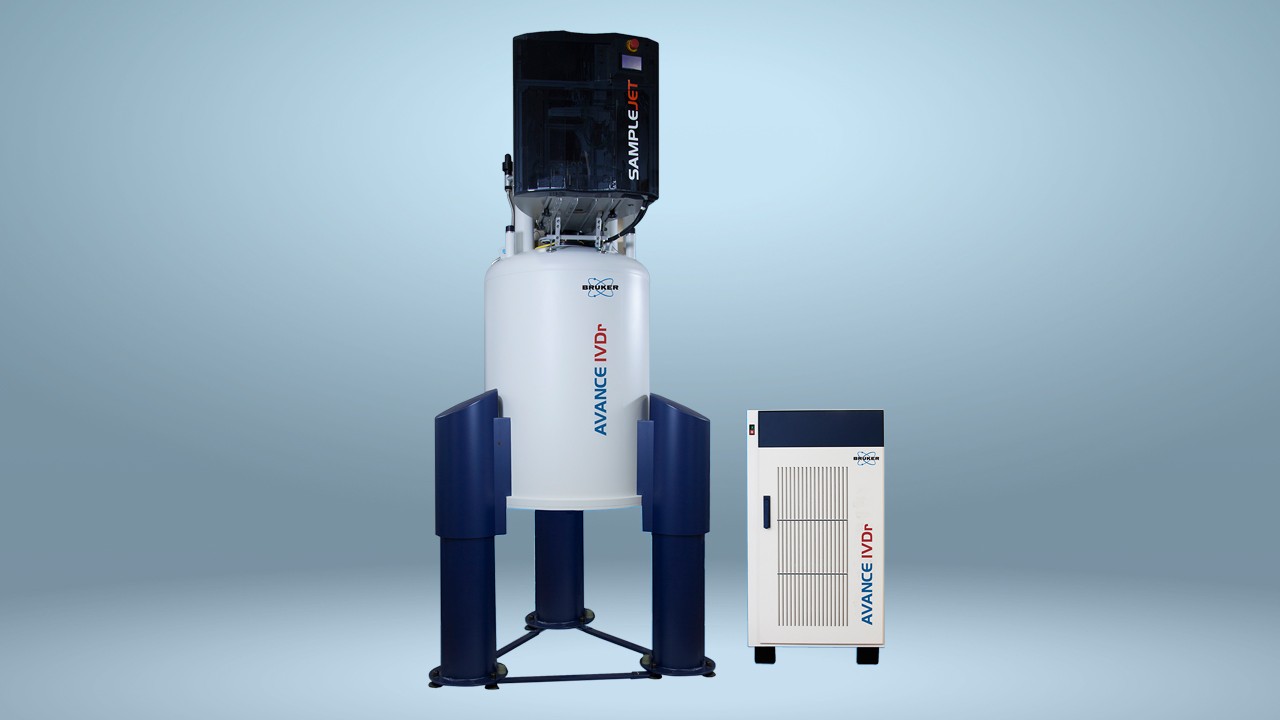

NMR Metabolic Profiling Aids Diagnosis of Ventilator-Associated Pneumonia *
Introduction
Pneumonia is a common complication associated with mechanical ventilation in critically ill hospitalized patients. This condition is associated with a longer duration of stay in the intensive care unit, increased healthcare costs, and increased risk of mortality. Diagnostic techniques for pneumonia in patients who receive a ventilator, however, are lacking.
Unmet Needs in Diagnostic Techniques for Ventilator-Assisted Pneumonia
Ventilator-associated pneumonia is usually caused by treatment-resistant organisms (e.g., Staphylococcus aureus) and gram-negative organisms. Several diagnostic techniques used for identifying ventilator-associated pneumonia – including clinical features, radiological findings, and laboratory tests – lack robust sensitivity and specificity. For instance, soluble triggering receptor expressed on myeloid cells as well as C-reactive protein are diagnostic biomarkers that have previously demonstrated a lack in strong specificity for pneumonia.
Metabolomics, or the study of individual metabolic responses to disease or intervention over time, is a rapidly evolving analytical technique that may assist in differentiating patients with one disease vs another. In the case of pneumonia, several metabolites have been linked to the condition, but none have been used in clinical diagnostic tests yet. In addition, studies have yet to use metabolomics for identifying ventilator-associated pneumonia.
Metabonomics Study Identifies Metabolites Associated with Pneumonia
In a prospective observational study, researchers from Imperial College London in the United Kingdom found that metabolic profiling using nuclear magnetic resonance (NMR) spectroscopy could effectively aid in diagnosing pneumonia in ventilated patients in the intensive care unit (ICU).
Patients with pneumonia (n=15) and brain injuries (n=26) were recruited from the ICU at the Imperial College Healthcare NHS Trust in London. Researchers obtained serum samples from patients almost immediately after the start of ventilation.
NMR Spectroscopy Analysis
All serum samples were analysed by 1H NMR using a Bruker Avance IVDr 600 MHz system (Bruker Avance III HD with a 5 mm BBI probe with automatic tuning-matching, z-axis gradient coil, and Bruker’s automatic and refrigerate sample changer SampleJet) and following the Bruker SOPs for sample preparation and analysis. Bruker’s bodyfluid NMR methods package B.I.Methods was used for fully automated acquisition and processing and the Lipoprotein Subclasses distribution were performed on the spectra using the Bruker IVDr Lipoprotein Subclasses Analysis (B.I.LISA).
For each serum sample, 3 standardized experiments were performed (1D NOESY, 1D CPMG, 2D Fast JRES) which took 12 minutes per sample. Additional 2D experiments were performed on selected samples and Bruker’s AMIX 3.9.11 software with Bruker Biofluid Reference Compound Database (BBIOREFCODE) were used to identify metabolites. Total Correlation Spectroscopy and 1H—1H Correlation Spectroscopy was used to demonstrate coupled protons up to 6 bonds apart within a molecule as well as proton spins directly coupled to each other, respectively.
Key Metabolites Identified by NMR Spectroscopy
Among the patients with brain injuries, 7 patients developed ventilator-associated pneumonia at a mean 127 hours after ventilation initiation. Orthogonal Partial Least Squares Discriminant Analysis (OPLS-DA) modeling significantly differentiated patients with pneumonia from patients with brain injuries (R2Y = 0.91, Q2Y = 0.28, p=0.02). Additionally, the OPLS-DA differentiated patients with ventilator-associated pneumonia from patients without (R2Y = 0.94, Q2Y = 0.27, p=0.05).
Key metabolites that were capable of differentiating patients with pneumonia were lipid species, amino acids, and glycoproteins. According to the researchers, patients with pneumonia may have lower total high-density lipoprotein and low-density lipoprotein cholesterol as well as higher concentrations of triglycerides compared with patients without pneumonia. Additionally, glycoproteins increase during inflammation, suggesting that higher circulating glycoproteins may indicate pneumonia-associated inflammation.
Amino acids phenylalanine, alanine, and glutamine represented the most prevalent metabolites associated with pneumonia in this study. The investigators also noted phospholipids, particularly choline, differentiated patients with pneumonia. Specifically, reduced phospholipids may be indicative of pneumonia in ICU-admitted patients who require a ventilator.
Limitations of this study included the small number of patients within each group, including those within the VAP group. Despite these limitations, the researchers suggest the data represent a promising starting point that may lead to larger studies.
Potential Relevance and Future Research Directions
In conclusion, the researchers indicate that 1H NMR serum analysis of ICU-admitted critically ill patients with pneumonia or brain injuries may help in the discrimination of patients with ventilator-associated pneumonia vs those without pneumonia. Based on these findings, the investigators suggest NMR spectroscopy could hold practical relevance for diagnostic approaches in critical care.
Additionally, NMR may assist in stratifying patients by pneumonia risk. This stratification may lead to greater prophylactic targeting of patients with a higher risk of ventilator-associated pneumonia. The researchers added that these studies may also help create a protocol that will stratify patients with pneumonia based on the organism which caused their condition, which may help define metabolic phenotypes. Large studies, however, are warranted to validate these theories.
References:
Chastre J, Fagon JY. Ventilator-associated pneumonia. Am J Respir Crit Care Med. 2002;165(7):867-903.
Antcliffe D, Jiménez B, Veselkov K, Holmes E, Gordon AC. Metabolic profiling in patients with pneumonia on intensive care. EBioMedicine. 2017;18:244-253.
Póvoa P1, Coelho L, Almeida E, et al. C-reactive protein as a marker of infection in critically ill patients. Clin Microbiol Infect. 2005;11(2):101-8.
Oudhuis GJ, Beuving J, Bergmans D, et al. Soluble Triggering Receptor Expressed on Myeloid cells-1 in bronchoalveolar lavage fluid is not predictive for ventilator-associated pneumonia. Intensive Care Med. 2009;35(7):1265-70.
Bruker NMR Instruments are not intended for Use in Clinical Diagnostic Procedures.
* Bruker NMR Instruments are for research Use Only. Not for Use in Clinical Diagnostic Procedures.
